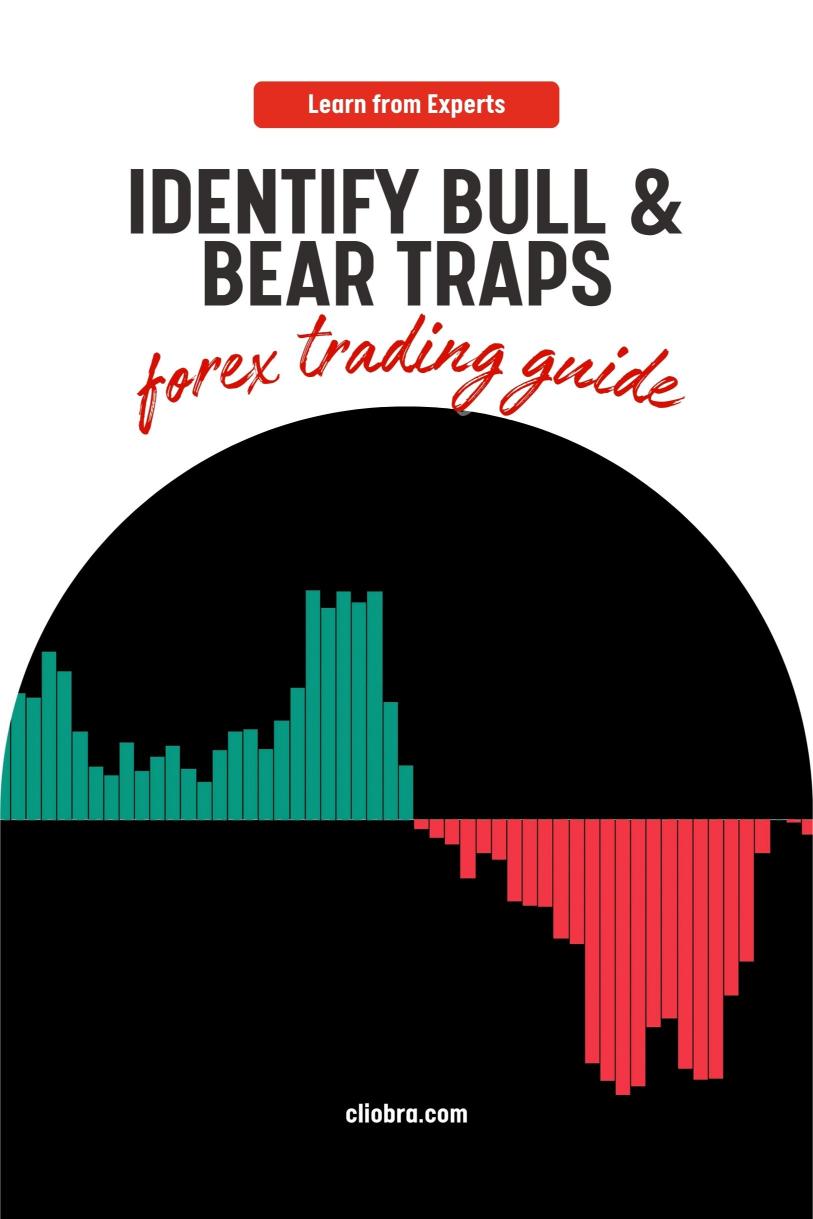Last Updated on February 11, 2025 by Arif Chowdhury
Ever felt like the market was playing tricks on you?
You enter a trade, convinced it’s going to soar, but then—bam!—the price reverses against you.
Or maybe you think you’ve spotted a downturn, only to watch prices bounce back.
These scenarios are frustrating, right?
Welcome to the world of bull and bear traps.
Let’s break it down and explore how to spot these market maneuvers and trade them effectively.
What Are Bull and Bear Traps? 🤔
A bull trap occurs when the price moves up, misleading traders into thinking it’s a signal to buy.
They jump in, only to see the market reverse, often resulting in losses.
A bear trap, on the other hand, happens when prices drop, luring traders to sell.
They short the market, only to watch it rise again.
Both scenarios can be painful, but knowing how to identify them can help you trade smarter.
Key Indicators to Spot Bull and Bear Traps 🔍
- Volume Analysis:
- Look for spikes in volume that don’t sustain the price move.
- A bull trap often has high volume initially but drops off as prices decline.
- Candlestick Patterns:
- Watch for reversal patterns such as doji, hammers, or engulfing patterns.
- These can signal an impending price reversal.
- Support and Resistance Levels:
- Identify key support and resistance levels.
- A price that breaks through resistance but quickly falls back may indicate a bull trap.
- Divergence:
- Use indicators like the Relative Strength Index (RSI).
- If prices are making new highs but the RSI is not, it’s a red flag.
- Moving Averages:
- A cross of short-term moving averages below long-term ones can signal a bear trap.
- Conversely, a cross above can indicate a bull trap.
Steps to Trade Bull and Bear Traps 🚀
- Identify the Trap:
- Use the indicators mentioned above to spot potential traps.
- The quicker you recognize them, the better your chances of profiting.
- Set Your Entry and Exit Points:
- For a bull trap, consider entering a short position once the price starts to decline.
- For a bear trap, go long when the price shows signs of a rebound.
- Use Stop Losses:
- Always set a stop loss to protect your capital.
- This will minimize your losses if the market doesn’t behave as expected.
- Monitor Market Sentiment:
- Keep an eye on news and events that could influence market behavior.
- Sentiment can change quickly and impact the effectiveness of your traps.
- Review Your Trades:
- After each trade, analyze what worked and what didn’t.
- This helps refine your strategy over time.
Why You Need a Solid Trading Strategy 🧠
Navigating bull and bear traps requires not just skills but also a robust trading strategy.
Since 2015, I’ve focused on honing my strategy through rigorous analysis.
I’ve developed 16 sophisticated trading bots that are designed to minimize risk while maximizing returns.
These bots are strategically diversified across major currency pairs like EUR/USD, GBP/USD, USD/CHF, and USD/JPY.
They’re built to trade on H4 charts, aiming for long-term gains of 200-350 pips.
What’s more? I’m offering this comprehensive EA portfolio for FREE!
If you’re serious about your trading journey, check out my trading bots portfolio.
Selecting the Right Forex Broker 🏦
Your trading experience can be significantly influenced by the broker you choose.
Look for brokers that offer:
- Tight spreads
- Fast execution
- Excellent customer support
I’ve tested various brokers, and I recommend checking out the best forex brokers that stand out for their reliability and services.
Final Thoughts
Trading bull and bear traps can feel overwhelming, but with the right tools and strategies, you can turn them into opportunities.
Remember to stay vigilant, use your indicators wisely, and practice sound risk management.
And don’t forget, my trading bots can help streamline your trading process and enhance your profitability.
Happy trading! 🎉
